Home » All posts
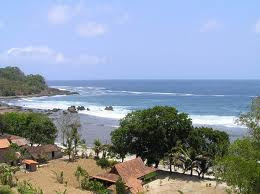
Beach Krakal including beautiful beaches compared to the beaches located along the island of Java. This beach receives sun from morning to evening throughout the year. Sea breezes that blow very cool and pretty big waves. Krakal Beach has a gentle texture and white sand that lie more than 5 kilometers.
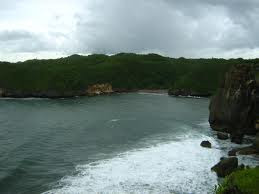
Baron Beach is one of the most famous beaches in the southeast of Yogyakarta. Baron Beach is located in the village Kemandang, Tanjungsari, Yogyakarta, about 20 km from Wonosari.
Baron Beach offers not only the beauty of fine white sand beach and in surrounding areas, but also has a beautiful limestone
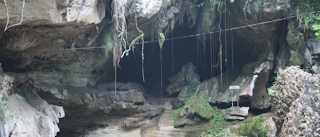
Want to feel the adventure of nature? Nothing wrong if you try to explore the Princess Cave in Palembang - Indonesia, a cave with a length of about 160 meters, width up to 20s meters and the height about 20 meters. Stalactite and stalagmite in the cave is very beautiful princess, and flows a river which
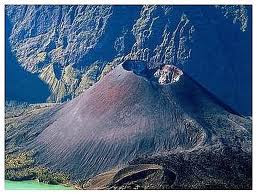
Mount Rinjani National Park is a representative mountain rain forest ecosystem types, low to high mountains and savannah in East Nusa Tenggara.
In the valley west of Mount Rinjani there Segara Anak Lake (2008 m asl) where the water smelled of sulfur, the temperature differs from one place to another.

Petra the "rose-red city" of the ancient Nabataean civilization is situated in the south of Jordan. It lies to the east of Wadi Araba, a part of the Great Rift Valley, approximately 133 kilometers as the crow flies from the shores of the Gulf of Aqaba.
Hidden away amidst the folds of spectacular hills,
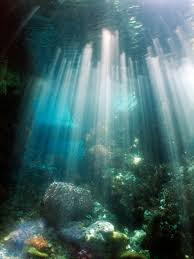
The archipelago is a place that has the potential to serve as a tourist attraction, especially diving tourism. Raja Ampat Islands waters according to various sources, is one of the 10 best waters for diving sites around the world. In fact, it may also be recognized as number one for the completeness






